
New Ukrainian drone attacks have shaken Russians' belief that they can defend themselves.
From mid-August strikes in downtown Moscow to this week's attack on numerous Russian military airfields and bases, Ukraine is proving that the skillful use of one-way attack (OWA), or so-called Suicide Drones, can throw a challenge to modern and efficient air defense systems.
Clever observers may notice that Ukrainian drones do not differ much in form and function from the Iranian-made Shahed drones that Russia uses to strike Ukrainian cities and civilians since October last year.
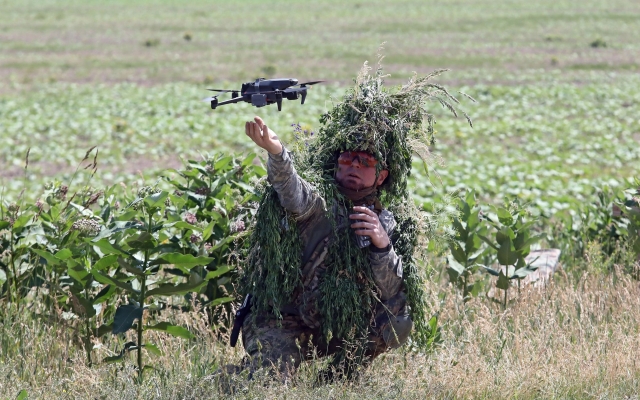 Ukraine proves that the clever use of 'suicide' drones can challenge modern and powerful air defense systems. Photo: Volodymyr Tarasov/Zuma Press/eyyevine
Ukraine proves that the clever use of 'suicide' drones can challenge modern and powerful air defense systems. Photo: Volodymyr Tarasov/Zuma Press/eyyevine
Ukrainian OWA drones appear to have a lot in common with the Shaheds, both equipped with propellers and able to fly (slowly) to hit targets hundreds of kilometers away.
Russian leaders have used their shahids to threaten critical infrastructure, deplete Ukrainian air defense missiles, and now jeopardize Kyiv's ability to export grain abroad. Although they are less effective than missiles, they are significantly cheaper.
If they are so similar, why then do Ukrainian drones have more impact?
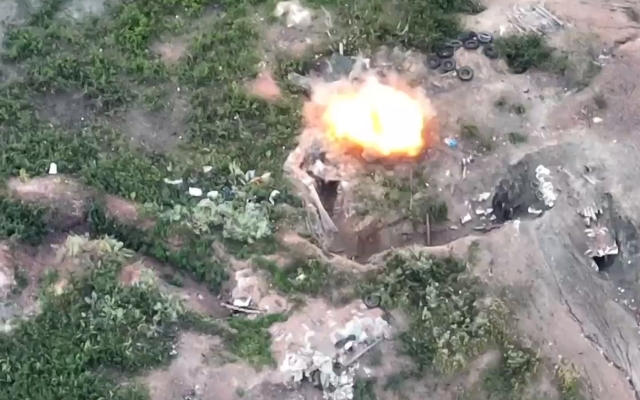 Ukrainian kamikaze drones deliver precision strikes against Russian military positions. Photo: Newsflash
Ukrainian kamikaze drones deliver precision strikes against Russian military positions. Photo: Newsflash
The key difference is what Ukraine is aiming for.
Strikes on Russian bases, ships and aircraft significantly reduce Russia's ability to wage war. This not only deprives Russia of what has been damaged, but also forces its officials to provide adequate protection for every object within a radius of hundreds of kilometers from the border. Like Ukraine, Russia does not have enough air defense capabilities to adequately threaten Ukrainian aviation at the front and guard every potential target in the rear.
Russian attacks, by contrast, target civilians directly. Power cuts in winter have little effect on the front line. The timing of some of the attacks, such as those that occurred immediately after Ukraine bombed the Kerch Bridge connecting occupied Crimea with Russia, indicates that decisions to strike Ukraine are motivated by revenge and control of the conflict narrative, rather than military advantage.
Some Ukrainian attacks, such as the attack on a residential area in Moscow, may have been motivated by retaliation, but most of them target either the Russian army or the main source of income: oil.
At a time when Ukraine needs constant intelligence and material support from external partners, it is not in the interests of Ukrainian commanders to lose moral superiority, even if they want to bring the war to the Russian population.
Moscow officials will begin to feel disadvantaged as Kyiv's ability to produce more OWA drones grows. Aircraft and ships can be moved quickly, but hangars, airfields and warehouses are static, and Ukrainian targets can track activity using commercial satellite imagery.
Although Ukrainian attacks have not yet reached the scale and intensity of Russian attacks, the Kremlin may soon have to face the prospect of dozens of drone attacks every day.
Marcel Plichta is a former analyst at the Ministry of Defense USA and PhD at the University of St. Andrews


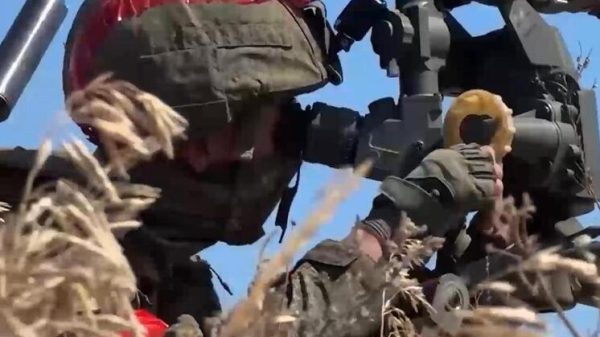

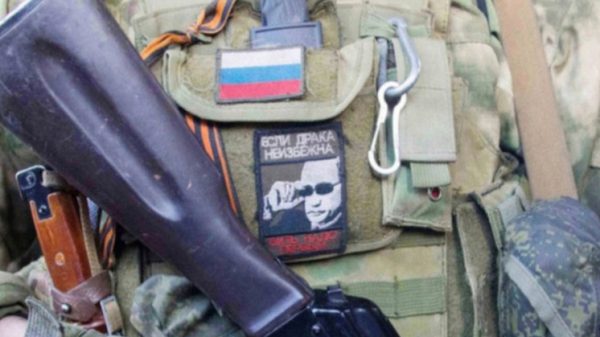


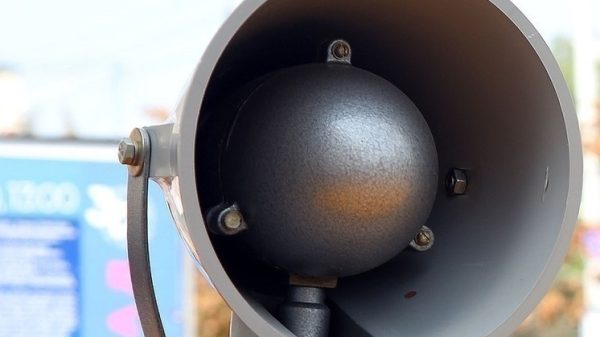




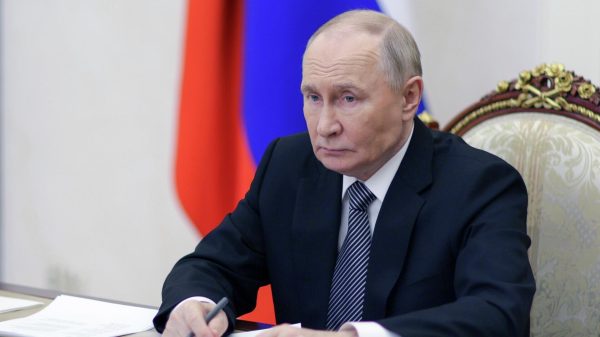
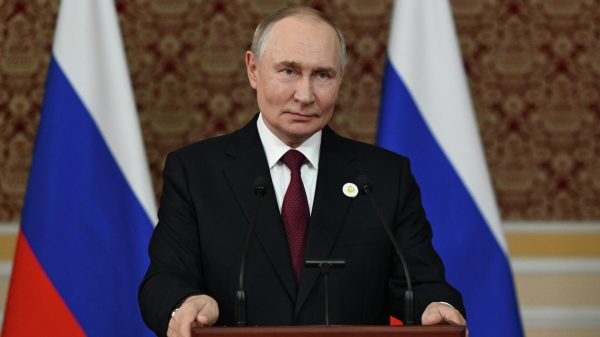
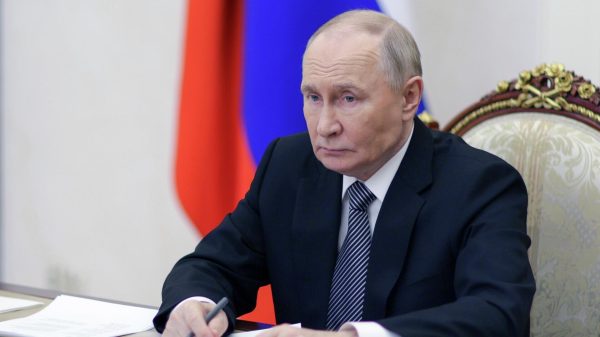


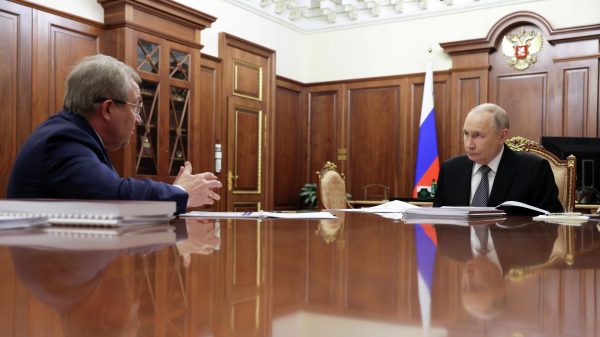
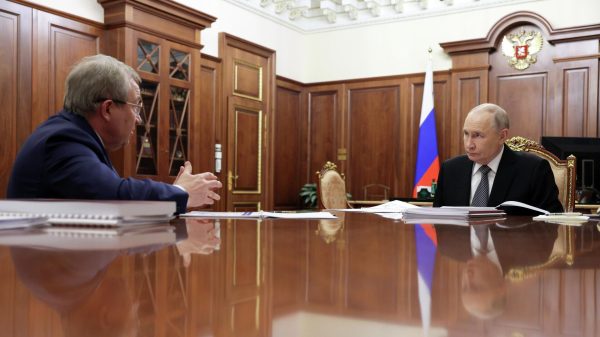


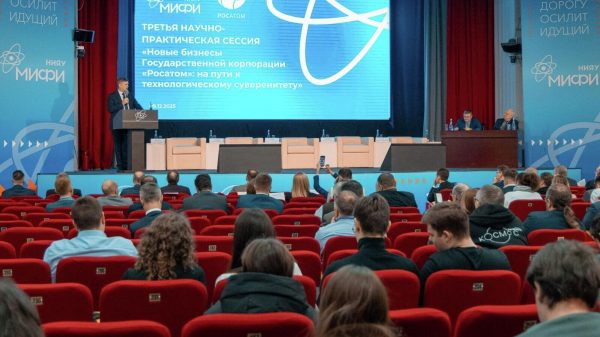












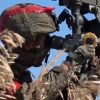




















Свежие комментарии